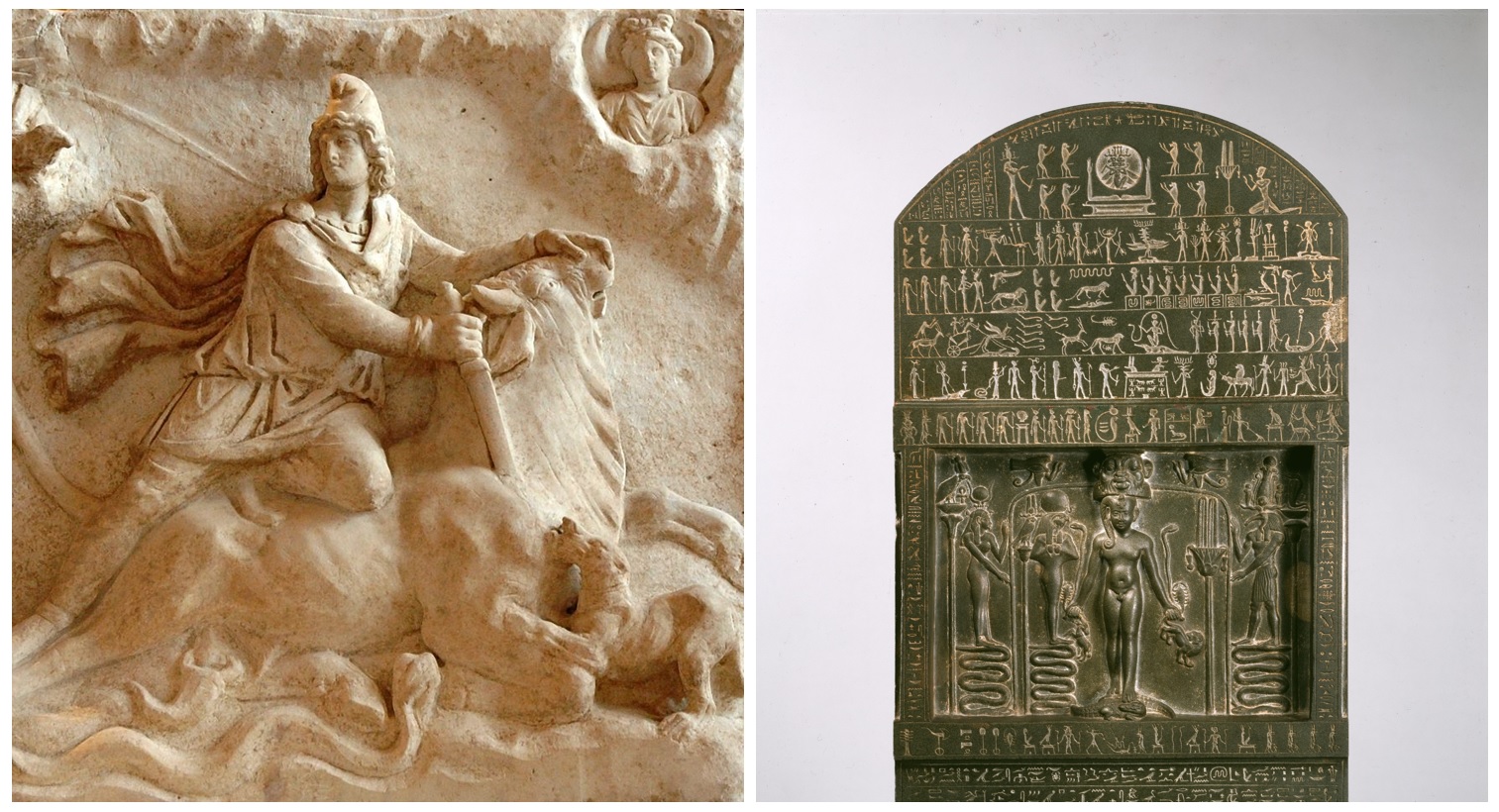Merlin
Jedi Master
My post above - Not much stuff on the Rig Veda
Okay, so i searched instead for 'Vedas' and got a partial answer in session of 12 Aug 1995:-
Still, the C's need to be probed further . . . including the Vedic-Zoroastrian link . . .
Okay, so i searched instead for 'Vedas' and got a partial answer in session of 12 Aug 1995:-
August 12, 1995
Direct Channeling with Frank, Laura, SV
The usual caveats about the direct channeling sessions apply though this was one of the better ones.
Trance induced.
Q: Are you ready to receive questions?
A: Yes.
[Suggestions given for clarity of communication.]
Q: (L) Do you have any messages to give S or myself at this time?
A: No.
Q: (L) Okay. Then we’ll get to our questions. My first question is: What is the source of the Vedas? The Hindu system of philosophy?
A: There is more than one source.
Q: (L) What is the general source, positive or...?
A: A very vague question.
Q: (L) Was it a group of people that put them together over centuries, or was it channeled information, or...?
A: It came into being as a result of meditation.
Q: (L) And what race of people was responsible for this information?
A: Caucasian.
Q: (L) What period of time were the Vedas received.
A: Varying bits and pieces of information which later was organized into packages labeled as it is.
Q: (L) From what realm did this meditated information issue?
A: The realm of the subconscious mind.
Q: (L) Are any of the Vedas information that was given to man by extra-terrestrials?
A: Not as you would define it.
Q: (L) From what types of beings, or what level of density did this information issue from?
A: Third.
Q: (L) Can you give us anything more on that in a general sense?
A: If you ask.
Q: (L) What is the percentage of accuracy of the information given in the Vedas? Overall?
A: Accurate at what level?
Q: (L) Third Density.
A: Accurate to what extent and in what way?
Q: (L) Well, in a general sense, as a way of living one's life and perceiving the universe.
A: That's an extremely difficult question to answer as accuracy in determining such things as perceiving the universe and living one's life is entirely open to interpretation as anyone can resolve accuracy by relating to the parallel universe which is appropriate for the information given. And, as we have stated in the past, it is possible to create parallel universes through thought energy, and once they are created naturally, they correspond naturally to the interpretation given for them.
Q: (L) Is there any benefit to be obtained through the use of mantras?
A: Especially when the mind says there is. Remember, most all power necessary for altering reality and physicality is contained within the belief center of the mind. This is something you will understand more closely when you reach 4th density reality where physicality is no longer a prison, but is instead, your home, for you to alter as you please. In your current state, you have the misinterpretation of believing that reality is finite and therein lies your difficulty with finite physical existence. We are surprised that you are still not able to completely grasp this concept.
Q: (L) Well, I think I have a good grasp of this concept, but I am asking questions to obtain answers for others to comprehend.
A: That is not being completely honest.
Still, the C's need to be probed further . . . including the Vedic-Zoroastrian link . . .


 ) after dreaming of his brother supplanting him). Darius and others then slay the king in a coup d’etat and he becomes king.
) after dreaming of his brother supplanting him). Darius and others then slay the king in a coup d’etat and he becomes king.